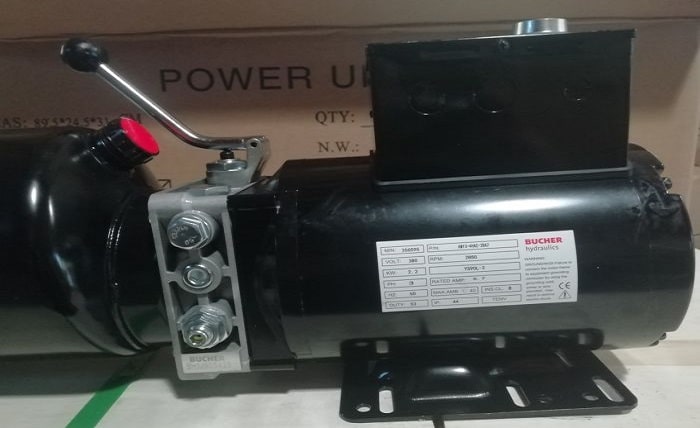ES4D, or Enhanced Space Situational Awareness, is a new technology that is revolutionizing the way we understand and monitor space. It uses a variety of data sources, including ground-based telescopes, satellites, and radar, to create a real-time picture of space traffic. This information can be used to track the movements of satellites, asteroids, and other objects in space, and to identify potential threats to space assets.
ES4D is still in its early stages of development, but it has the potential to revolutionize the space industry. It could be used to improve the safety of spaceflight, to protect critical space infrastructure, and to support scientific research.
What is ES4D?
ES4D is a comprehensive approach to understanding and monitoring space. It uses a variety of data sources to create a real-time picture of space traffic. This information can be used to track the movements of satellites, asteroids, and other objects in space, and to identify potential threats to space assets.
ES4D is important because space is becoming increasingly crowded. There are now over 2,000 active satellites in orbit, and this number is expected to grow significantly in the coming years. This increase in traffic poses a number of challenges, including the risk of collisions and the need to manage space debris.
ES4D can help to address these challenges by providing a better understanding of space traffic. This information can be used to develop strategies to avoid collisions, to de-orbit space debris, and to protect critical space infrastructure.
How does ES4D work?
ES4D uses a variety of data sources to create a real-time picture of space traffic. These data sources include:
- Ground-based telescopes: These telescopes are used to track the movements of objects in space.
- Satellites: Satellites are used to collect data on space traffic, including the positions, velocities, and characteristics of objects in space.
- Radar: Radar is used to track the movements of objects in space, including those that are too small or too faint to be seen by telescopes.
The data from these different sources is combined to create a real-time picture of space traffic. This information is then used to develop strategies to avoid collisions, to de-orbit space debris, and to protect critical space infrastructure.
The benefits of ES4D
ES4D offers a number of benefits, including:
- Improved safety of spaceflight: ES4D can help to improve the safety of spaceflight by providing a better understanding of space traffic. This information can be used to develop strategies to avoid collisions.
- Protection of critical space infrastructure: ES4D can help to protect critical space infrastructure by identifying potential threats. This information can be used to develop strategies to protect these assets.
- Support for scientific research: ES4D can help to support scientific research by providing data on the movements of objects in space. This data can be used to study the formation and evolution of the solar system, to track the movements of asteroids and comets, and to monitor space weather.
The future of ES4D
ES4D is a rapidly developing technology. New data sources and new algorithms are being developed all the time. As ES4D continues to develop, it is likely to have an even greater impact on the space industry.
Conclusion
ES4D is a new technology that is revolutionizing the way we understand and monitor space. It has the potential to improve the safety of spaceflight, to protect critical space infrastructure, and to support scientific research.
FAQ
- What are the different types of ES4D data sources?
- How is ES4D data used to avoid collisions?
- How is ES4D data used to protect critical space infrastructure?
- How is ES4D data used to support scientific research?
- What are the challenges of developing and implementing ES4D?
Answer:
- The different types of ES4D data sources include ground-based telescopes, satellites, and radar.
- ES4D data is used to avoid collisions by tracking the movements of objects in space and developing strategies to avoid collisions.
- ES4D data is used to protect critical space infrastructure by identifying potential threats and developing strategies to protect these assets.
- ES4D data is used to support scientific research by providing data on the movements of objects in space. This data can be used to study the formation and evolution of the solar system, to track the movements of asteroids and comets, and to monitor space weather.
- The challenges of developing and implementing ES4D include the need to collect and integrate data from a variety of sources, the need to develop algorithms to process and analyze this data,

